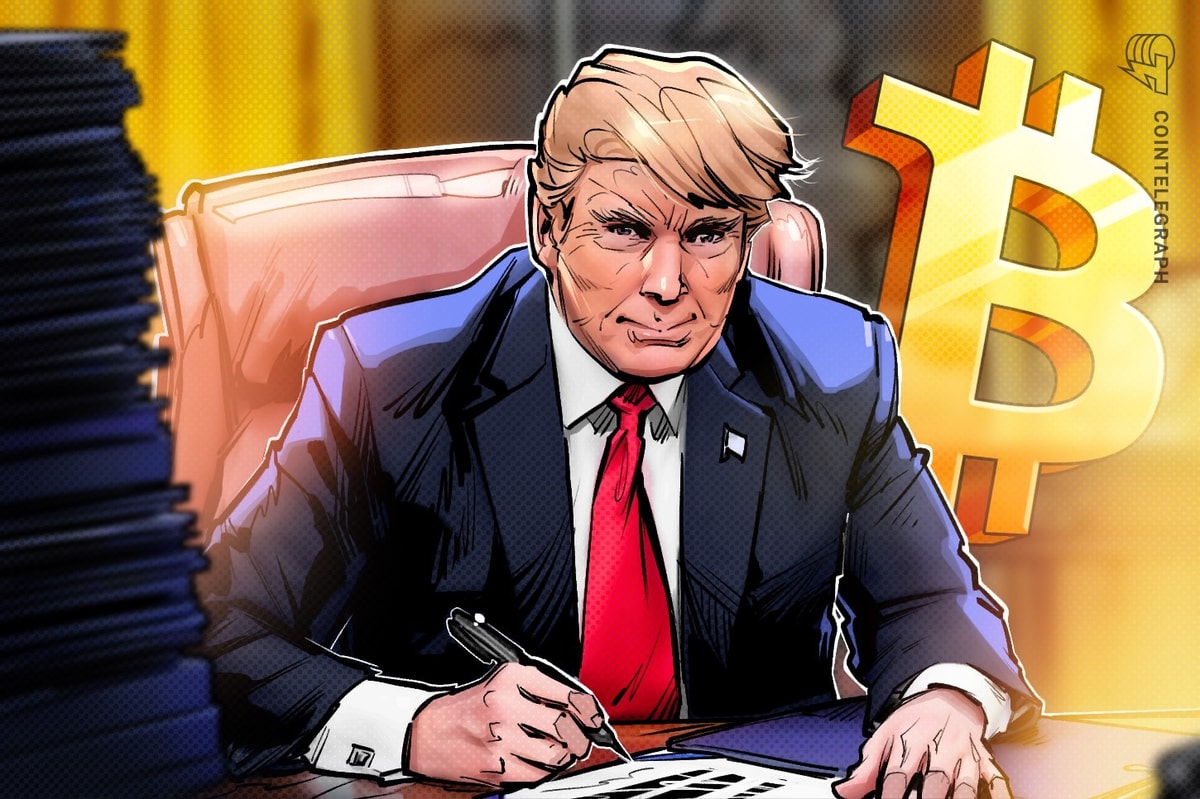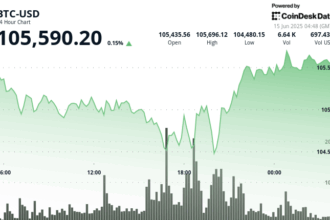The Fiscal Fix That Could Spiral US Debt: An Analysis of the “Big Beautiful Bill”
A newly emerged, 1,100-page legislative proposal, colloquially termed the “Big Beautiful Bill,” faces passage if it clears the Senate. According to analysis, this bill threatens to add over $2.4 trillion to the US national debt, raising concerns about a potential debt crisis and its impact on inflation.
Key takeaways
- The proposed bill could add $2.4 trillion to the US debt over a decade, exacerbating an already severe national debt problem.
- Uncontrolled spending and mounting debt have led economists to warn inflation and dollar devaluation are more likely than deficit reduction.
- Amid these economic uncertainties, Bitcoin is highlighted as a potential hedge against currency debasement, particularly if held without relying on potentially vulnerable custodians.
A former White House official involved in budget negotiations recently pledged to reduce the then-$2 trillion federal deficit, ultimately achieving only a minuscule $180 billion cut. These deficit concerns are starkly highlighted by the US federal debt, which recently surpassed $37 trillion.
The Big Beautiful Bill and its fiscal impact
The extensive bill, approved by the House, builds upon previous Republican tax policies and repeals certain Democratic administration actions, while authorizing a $5 trillion increase in the debt ceiling. Nonpartisan scoring by the Congressional Budget Office (CBO) forecasts a massive net increase in debt – $2.4 trillion over ten years – primarily due to significantly reduced federal revenue meeting lower spending cuts ($3.67 trillion revenue loss against $1.25 trillion spending reduction).
Proponents argue tax cuts stimulate economic growth offsetting costs, citing previous experiences that defied early projections. However, experienced analysts point to the broader drift towards deeper deficits rather than serious deficit reduction. One Senator’s blunt assessment: “The CBO score is a distraction. You’re arguing over twigs and leaves when you’re ignoring the forest that’s on fire.”
Is “growth” the solution? Reality check
Some observers suggest persistent economic growth could eventually mitigate the debt burden, but projections put deficits above 7% of GDP for the remaining term. Current economic forecasts suggest modest real GDP growth, falling short of the 20%+ needed annually for a decade if no spending or tax hikes occurred. This implies the future likely involves nominal growth – GDP increasing but the actual value of savings and debt eroded.
Harvard economist Kenneth Rogoff warned: “US fiscal policy is running off the rails, and there seems to be little political will in either party to fix it until a major crisis occurs.”
Devaluation looms: The path forward for the dollar
Historically, nations resort to currency devaluation during deep debt crises. This less visible, often politically less palatable route focuses on lowering deficits indirectly through financial repression – strategies that erode savings via inflation, artificially low interest rates, and forcing purchases of losing assets. Nobel laureate Ray Dalio emphasized the risks: “Most people don’t pay enough attention to their currency risks… rarely worry about whether their currency is going up or down.”
Bitcoin: An emerging hedge?
In this scenario of currency devaluation and likely inflation, diversification into assets potentially immune to state control becomes appealing. Bitcoin’s fixed, limited supply – capped at 21 million – creates scarcity seen as an advantage over endlessly printed government obligations.
Its independence from US Federal Reserve monetary policy positions Bitcoin as a potential refuge against financial repression and currency debasement. Some analysts highlight its historical performance as inflation-protected, sometimes achieving yield or loss profiles superior to traditional assets.
However, criticisms caution against relying on custodial platforms. In a prolonged period of financial stress, these institutions, responsible for safeguarding crypto assets, might fail to withstand government pressure or economic turbulence. The Cointelegraph article points out that “custodial risks are high.” Expert consensus, as noted by Rogoff, seems to converge on the problematic state of US fiscal policy.
According to those insights, the likelihood of seeing Bitcoin treated as a store of value independent of US Treasuries increases, especially if held securely outside major financial institutions. Proponents argue self-custody (cold storage, control of private keys) leads to Bitcoin being utilized more effectively as a true monetary alternative.
With the “Big Beautiful Bill” likely nearing a vote and forecasts of worsening debt, calls for fiscal prudence have largely fallen on deaf ears. The situation underscores the struggle for sound monetary policy and hints at potential economic headwinds for 2025.
This article is for general information purposes and is not intended to be and should not be taken as legal or investment advice. The views, thoughts, and opinions expressed here are the author’s alone and do not necessarily reflect or represent the views and opinions of CoinDesk.












